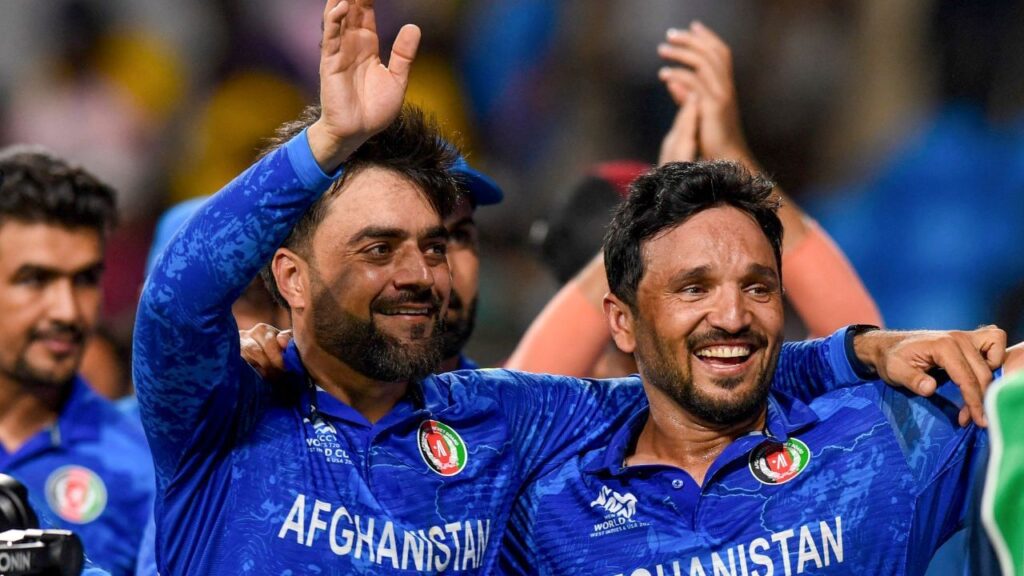The current state of the Pakistan cricket team is far from impressive. For several months now, they have been struggling to find their footing in international cricket. Over the past three years, the team has faced unexpected defeats across all formats of the game. Test matches, One Day Internationals (ODIs), and T20 games alike have seen them fall victim to less favored teams at least once. Their performance in ICC tournaments has also been criticized, reflecting a concerning trend of inconsistency.
Understanding the Causes of Pakistan’s Struggles
Cricket experts suggest that the root of Pakistan’s troubles lies in the ongoing instability within the Pakistan Cricket Board (PCB) and the national team itself. Frequent changes to both the structure of the board and the player lineup have contributed to a lack of cohesion and confidence. This constant reshuffling makes it challenging for players to develop a stable and effective strategy, ultimately impacting their on-field performance.
A Flourishing Rival: Afghanistan’s Strategic Move
In stark contrast, the Afghanistan cricket board has taken decisive steps to ensure stability and growth. By reappointing Mirwais Ashraf as the chairman of the Afghanistan Cricket Board, they are signaling a commitment to continuity in leadership and strategy. Under Ashraf’s guidance, Afghanistan has the potential to solidify its position in international cricket, potentially surpassing its more established neighbor, Pakistan.
The Role of Leadership in Cricket Success
Effective leadership is critical in sports, especially in cricket, where teamwork and strategy play pivotal roles. The stability brought by Mirwais Ashraf’s reappointment may aid in creating an environment where players can thrive. This contrasts sharply with the PCB’s ongoing turmoil, where frequent leadership changes have muddled strategic planning.
Comparative Performance: Afghanistan vs. Pakistan
| Category | Afghanistan | Pakistan |
|---|---|---|
| Current ICC Ranking | Competitive | Declining |
| Recent Tournament Performance | Improving | Poor |
| Leadership Stability | High | Low |
| Player Confidence | Growing | Waning |
Conclusion
Pakistan’s cricketing future hinges on its ability to foster stability and a coherent strategy within its board and team structure. Conversely, Afghanistan’s strategic decisions under the leadership of Mirwais Ashraf signal a promising trajectory that could see them surpassing their regional rival. The contrasts between the two cricket boards highlight the significance of stability and effective leadership in achieving success on the international stage.
Stay tuned for more updates on this evolving cricket landscape.
